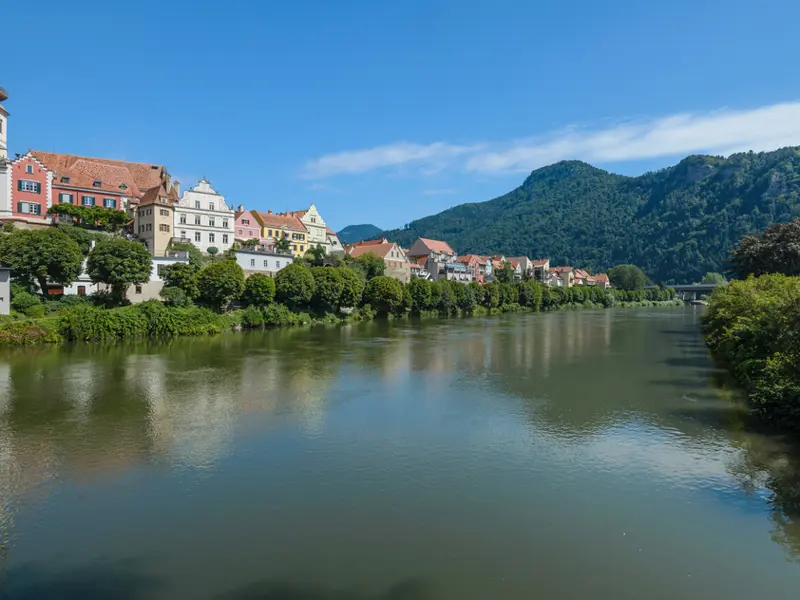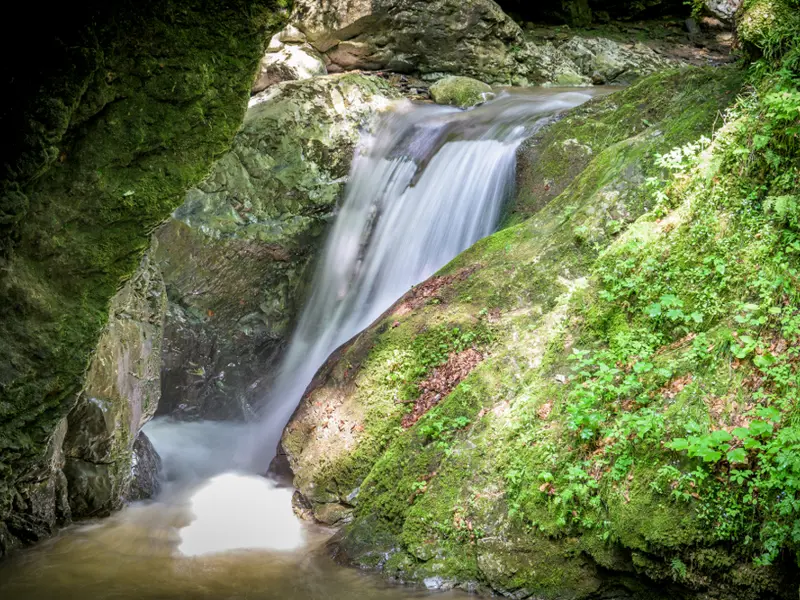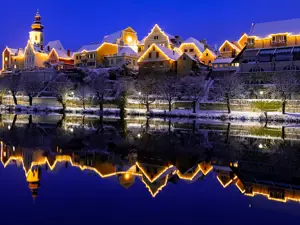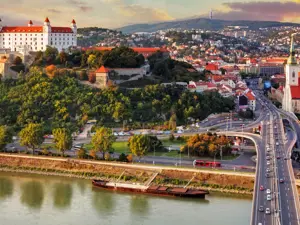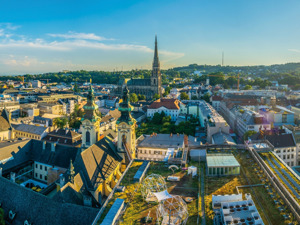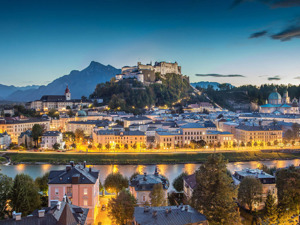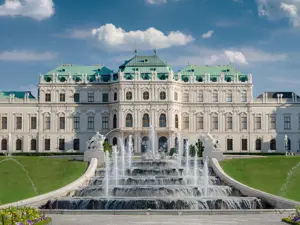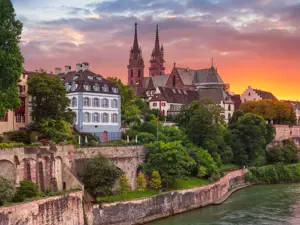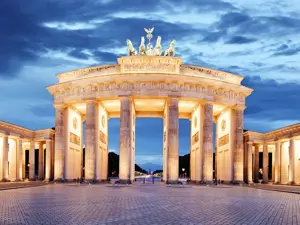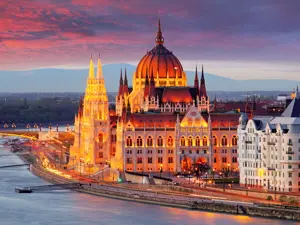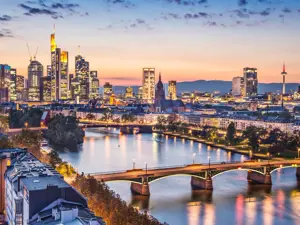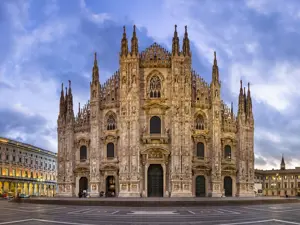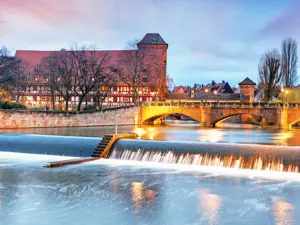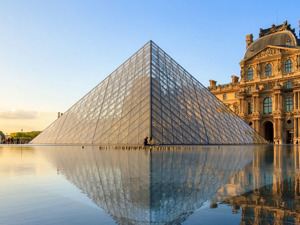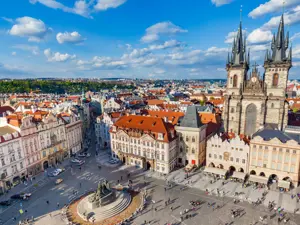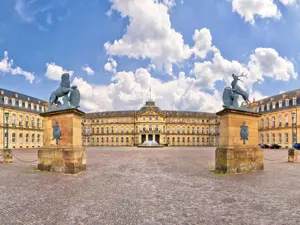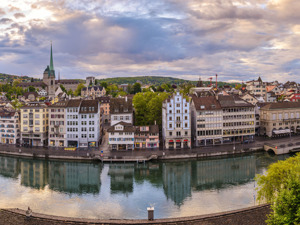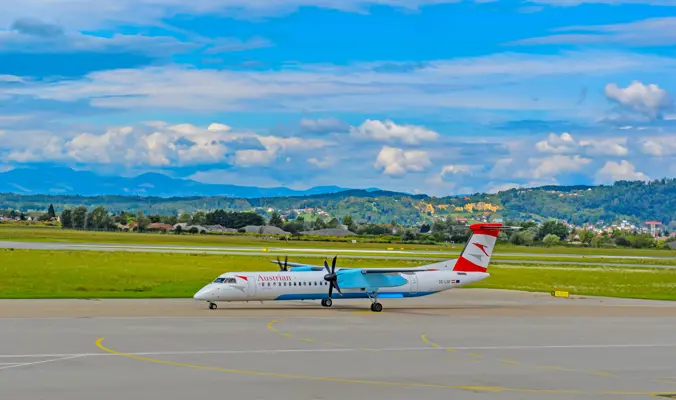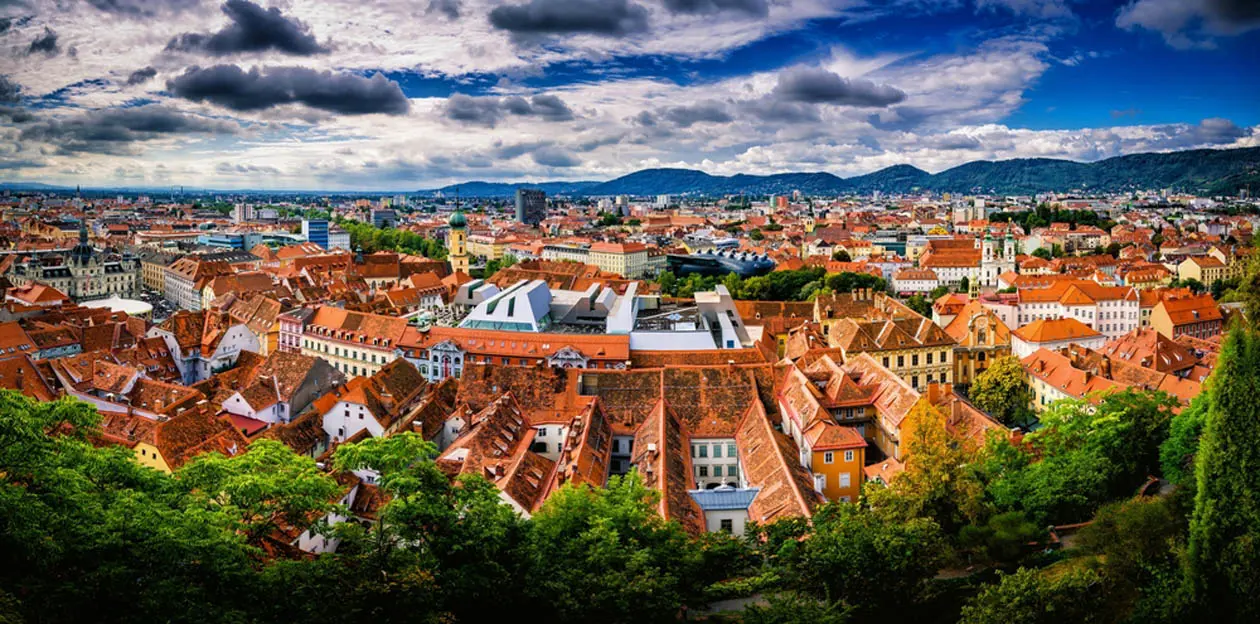
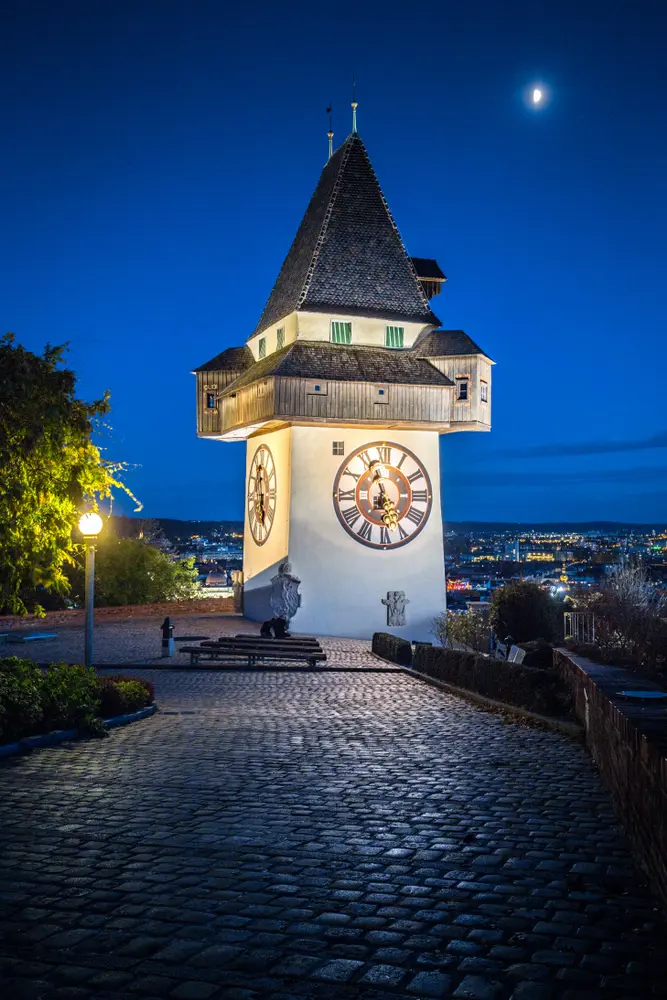
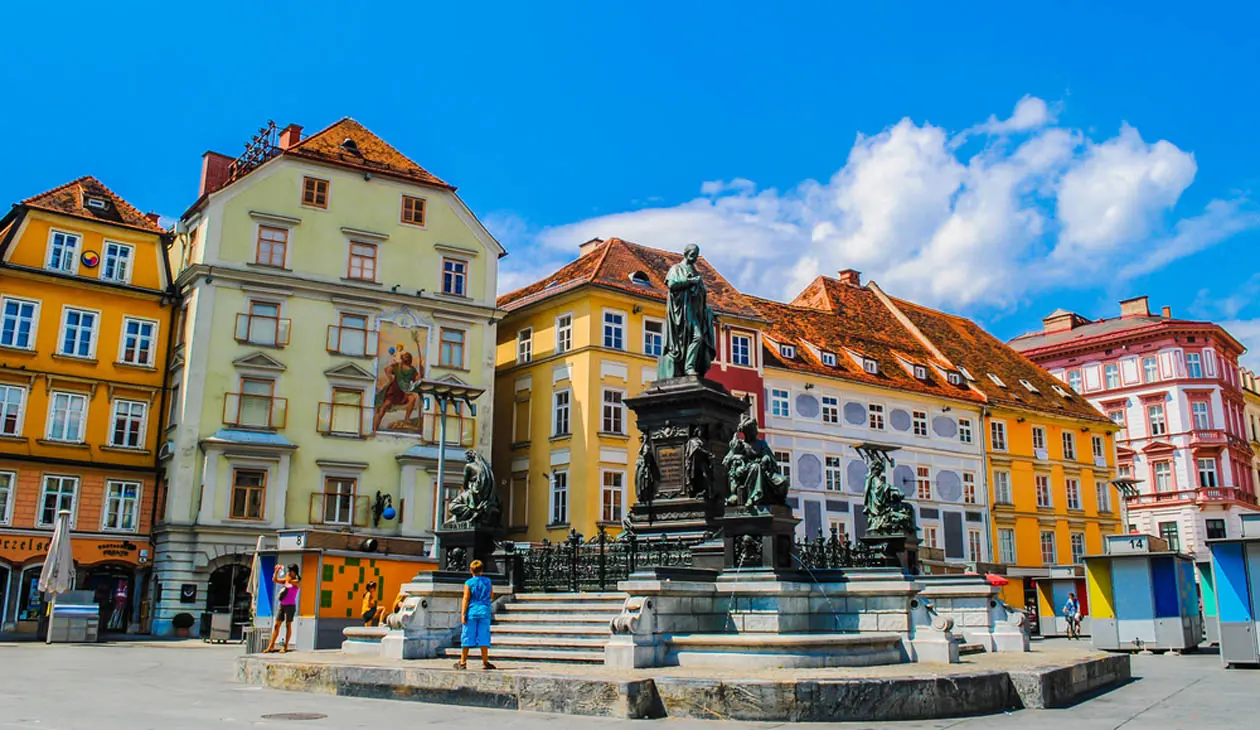
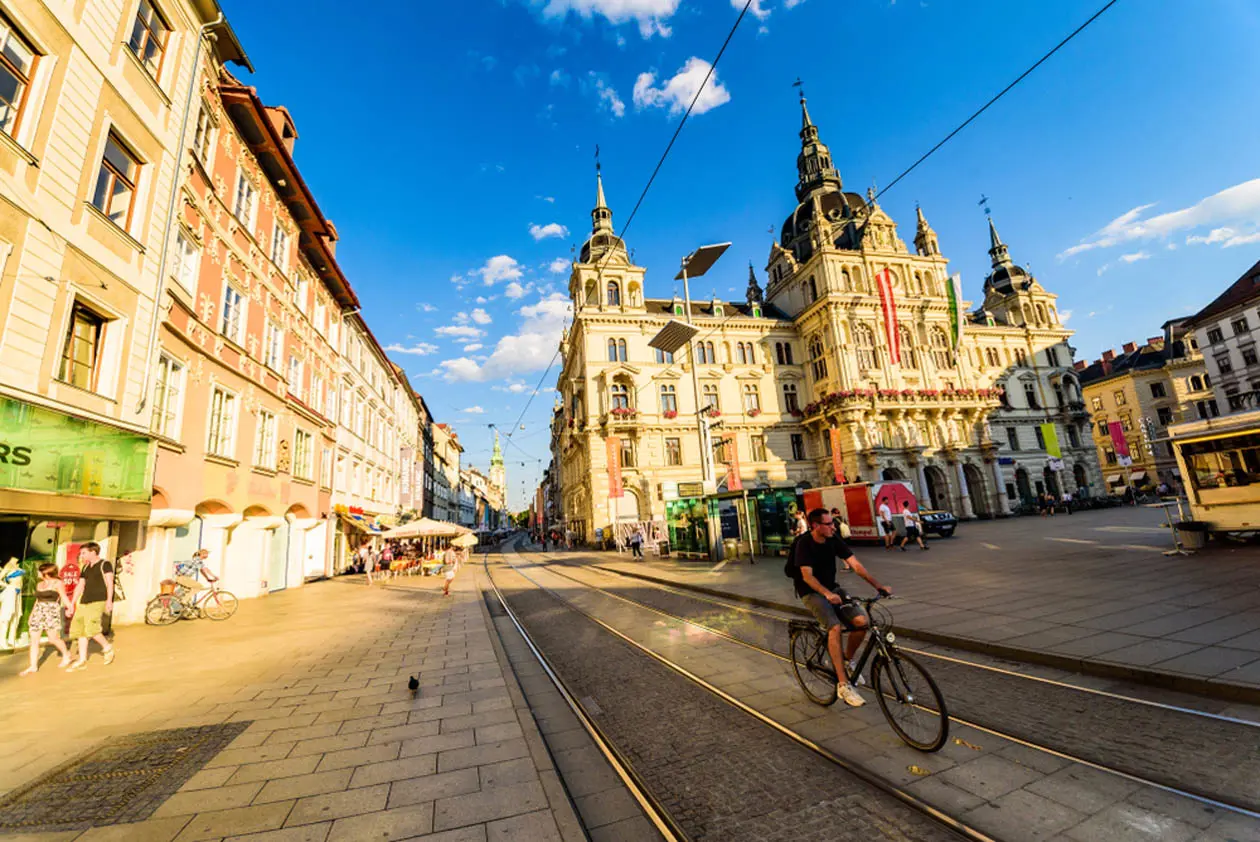
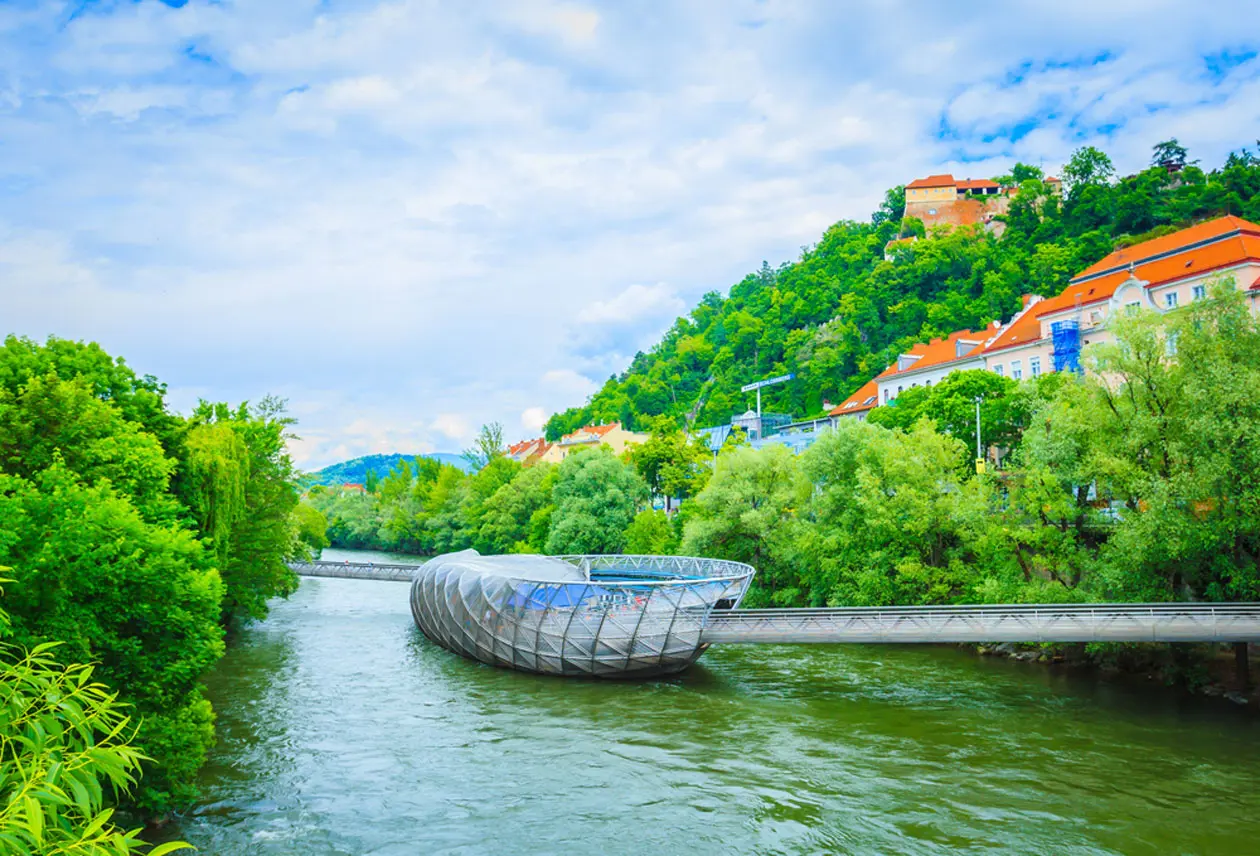
www.graztourismus.at
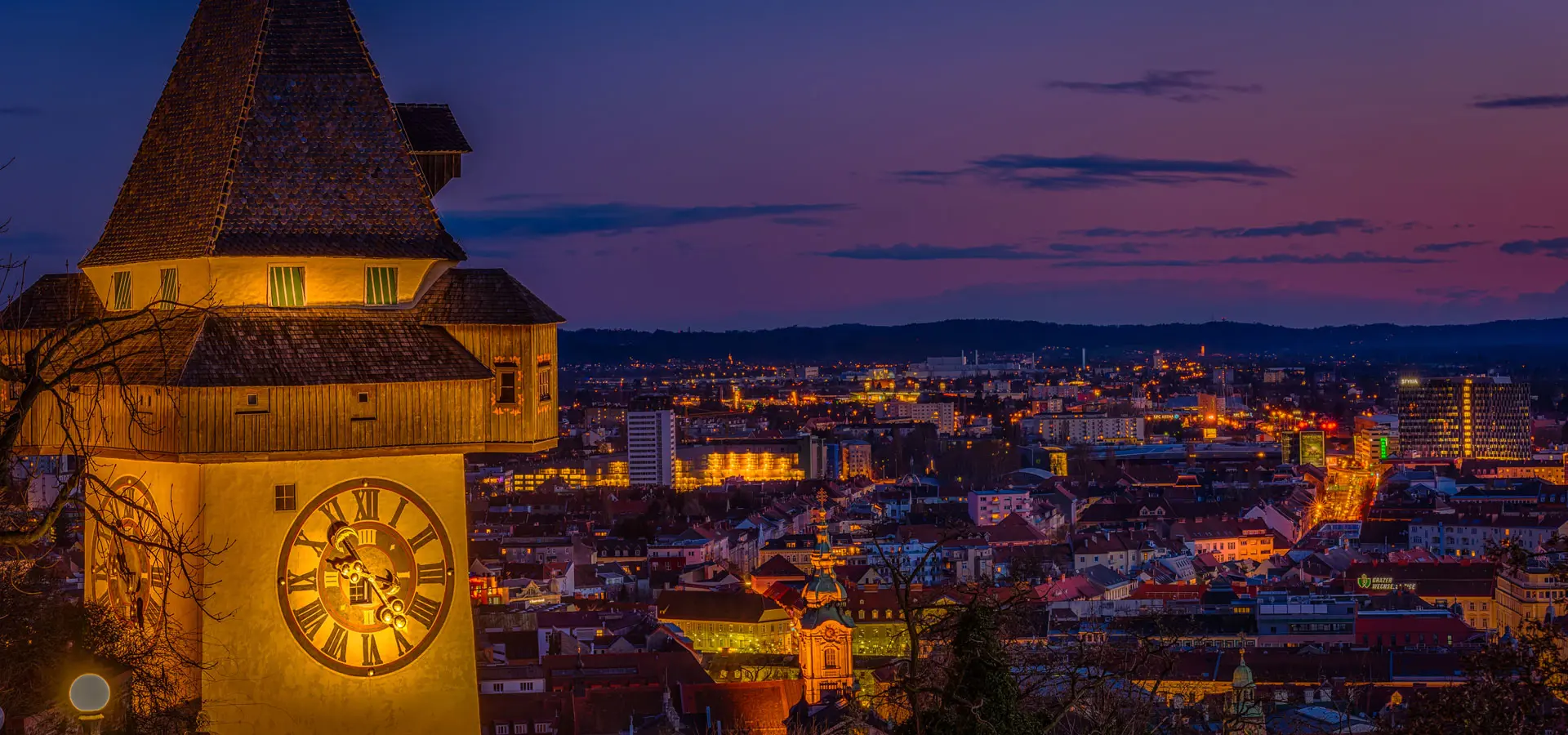
Graz is a welcoming city and offers different possibilities for accommodation.
To find the ideal hotel and the best offers you can do a search for the stars but also for districts or landmarks.
Many monuments and museums form part of the Joanneum Universal Museum, which contains various sub-sections
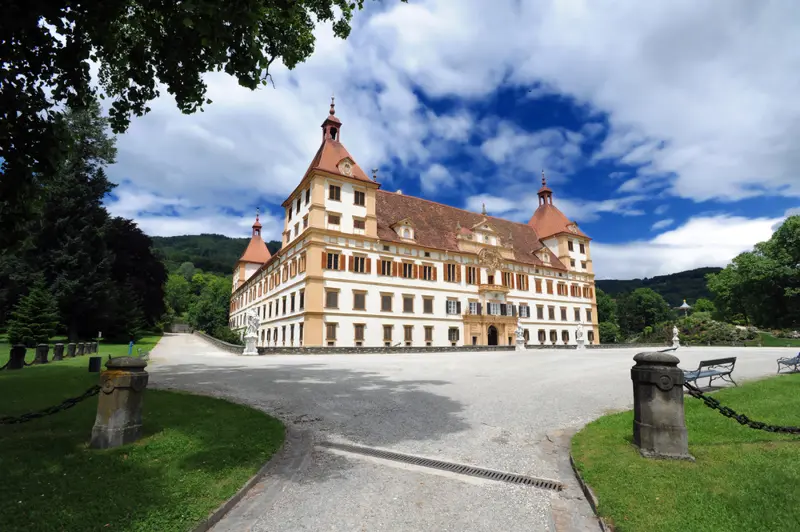
This is the most important castle of Styria, commissioned by Prince Hans Hulrich von Eggenberg in the seventeenth century and realised by architect Giovanni Piero De Pomis, a student of Palladio. The exterior is inspired by the Spanish El Escorial, whilst the interior is an architectural representation of the Universe, with illustrations of the passing of time, celestial mechanics and the terrestrial hierarchy. The main floor consists of 24 decorated and furnished rooms, such as the Games Room and the Hall of Planets.
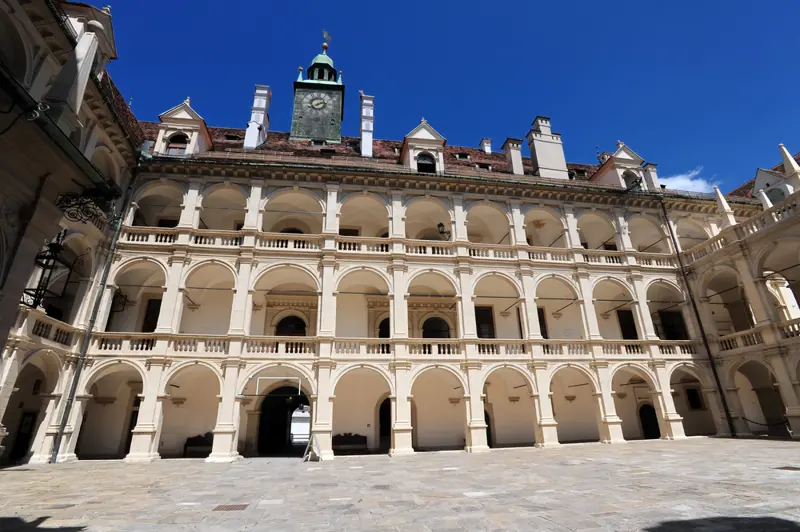
The Renaissance building, designed by Italian architect Domenico Dell’Aglio, is rich in stucco decorations on the inside. The Council Hall with its ceiling decorated with figures and coats of arms by Angelo Fiorentini is well worth visiting. Music festivals and events are held in the arched courtyard. The Armoury is adjacent, once a depot for the war material used to defend Styria, which houses 30,000 weapons and armour from the past.
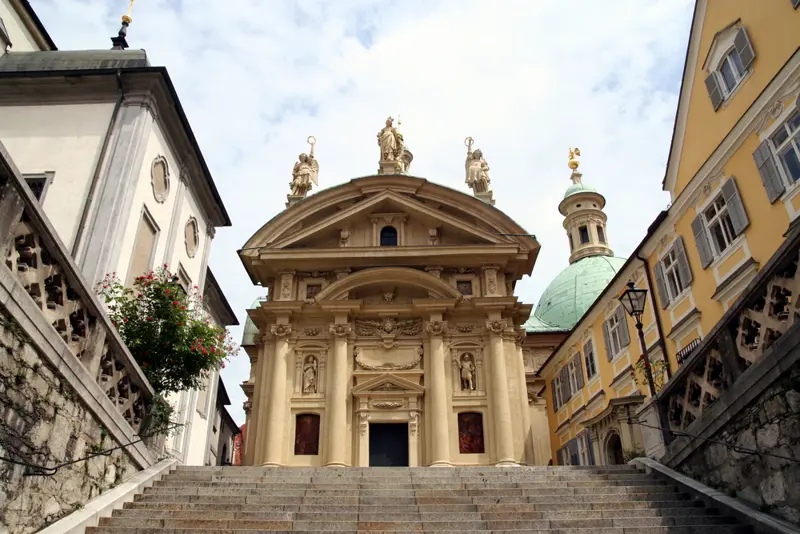
Located next to the cathedral, the mausoleum was designed as a memorial to Emperor Ferdinand II by the Italian Pietro De Pomis, and is the most lavish tomb ever created for an Austrian Emperor. The façade is in a Mannerist Baroque style, and is surmounted by turquoise domes.
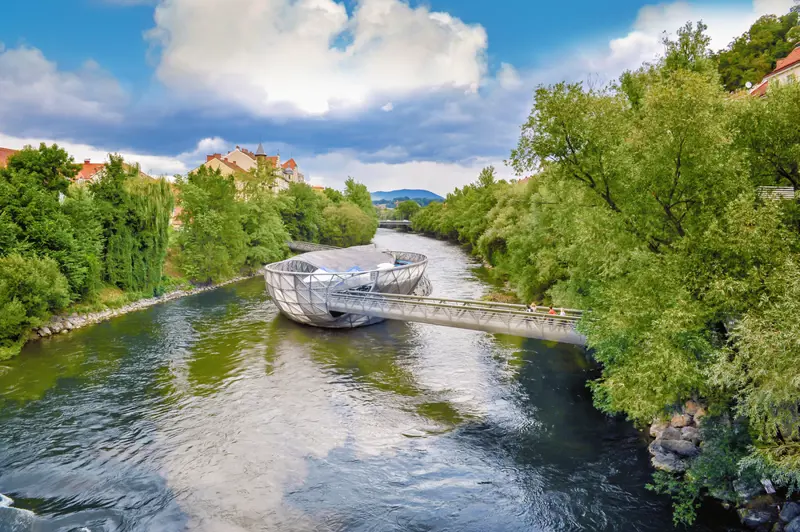
This is a 50 by 20 meter platform that resembles a large shell in the middle of the river which can hold up to 350 visitors. Inside there is a cafe, where you can relax surrounded by the waters of the Mur.
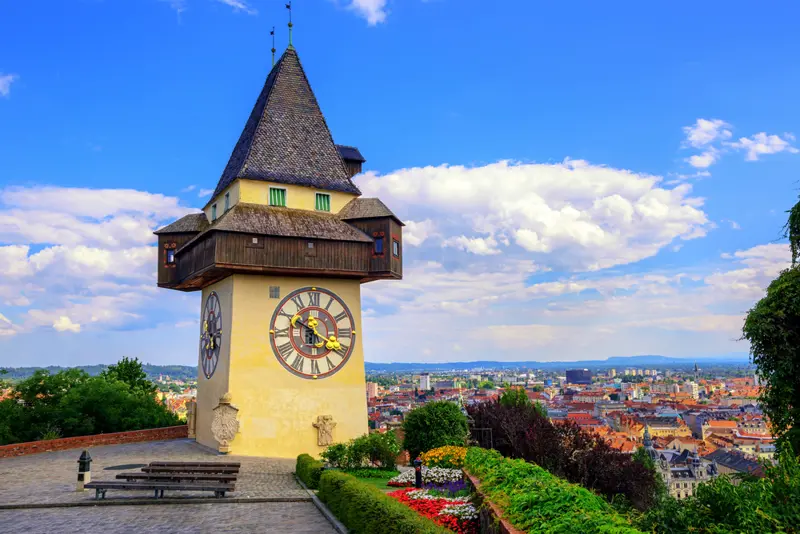
It is located on the Schlossberg hill and is the ‘Symbol’ of Graz. Its current version dates back to the mid sixteenth century and is visible from many points in the city thanks to the imposing bastion on which the clock is placed. In the past it not only told the time, but also warned citizens in the event of disasters. The Styrian coat of arms (Styrian Panther) graces one of its corners, the eagle of Habsburg on another, and the double eagle of Maria Theresa on another.
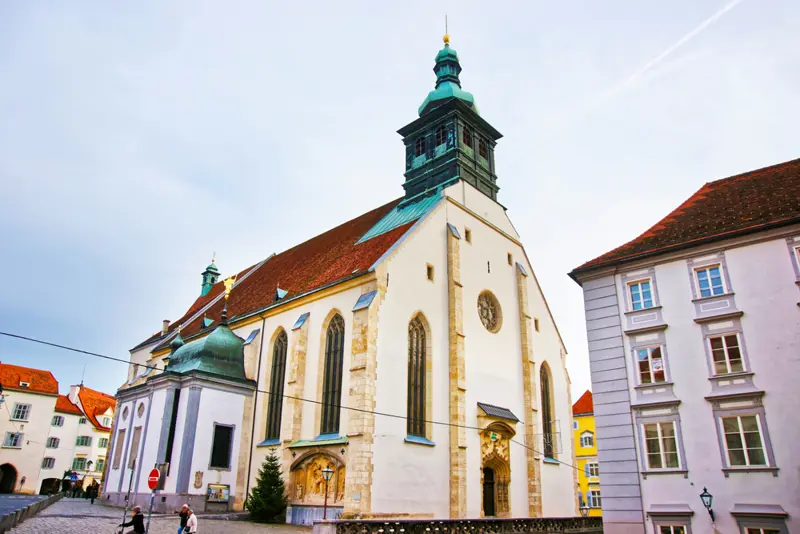
Dedicated to St. Giles, the cathedral was built as a court church by Frederick III. Its external appearance in a late Gothic style, appears modest. On the southern facade to the left, there is a painting of the three plagues (the plague, the Turks and Locusts) that devastated Styria in 1480. Inside, it houses jewellery such as the two renaissance reliquaries on each side of the altar, in a baroque style.

This is a Marian shrine dating back to 1714, one of the most renowned in Styria due to the miracles achieved by the Virgin Mary, and located on the top of Purberg Hill. It is visible from afar thanks to its imposing bell towers, the top of which can be reached by climbing more than 200 steps. The interior is remarkable due its frescoes that depict the victory of Lepanto against the Turks thanks to the miraculous intervention of the Virgin.
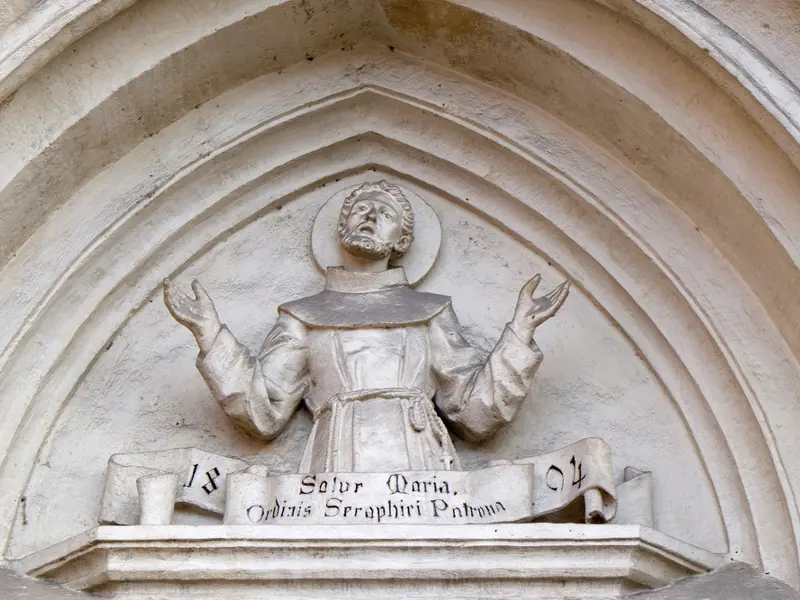
In the centre of the city, in the Franciscan district, the Gothic Church of Saint Francisco is a must-see, especially the beautiful cloister. It is a place that inspires peace and serenity, with its blooming roses and cobbled streets.
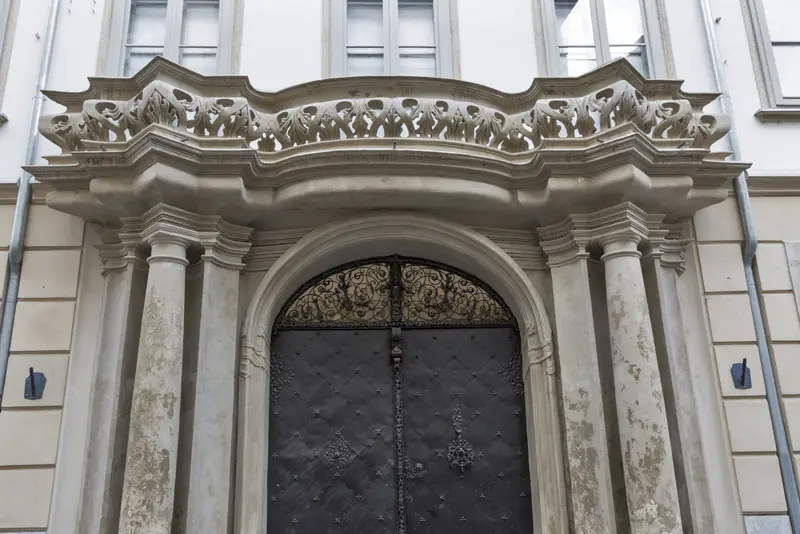
It is located in the Baroque Palais Khuenburg, the birthplace of Archduke Franz Ferdinand of Austria, and tells the political, cultural, economic and social story of the city. The urban development of Graz is well documented and worth a visit.
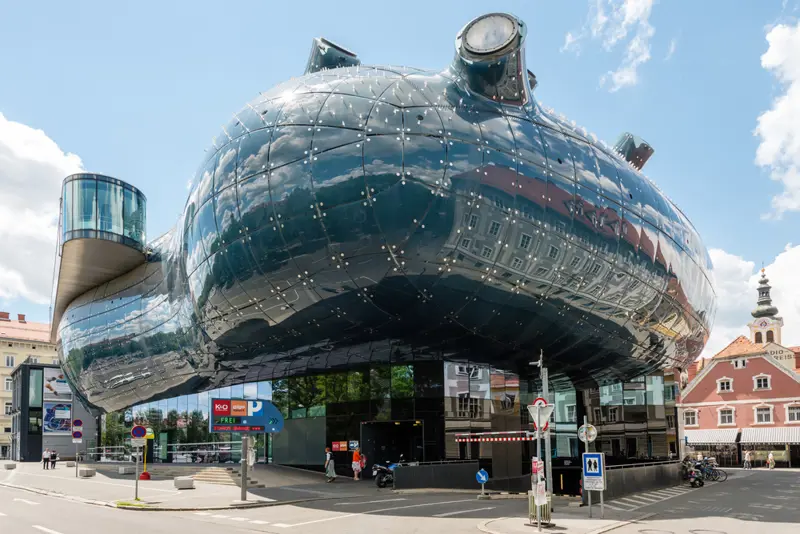
This unique and futuristic building, designed by architects Peter Cook and Colin Fournier, confirms the idea of Graz as a city of culture, with its many temporary exhibitions of modern artists. The ‘Austria Room’ is particularly interesting as it always houses fascinating photographic exhibitions.
